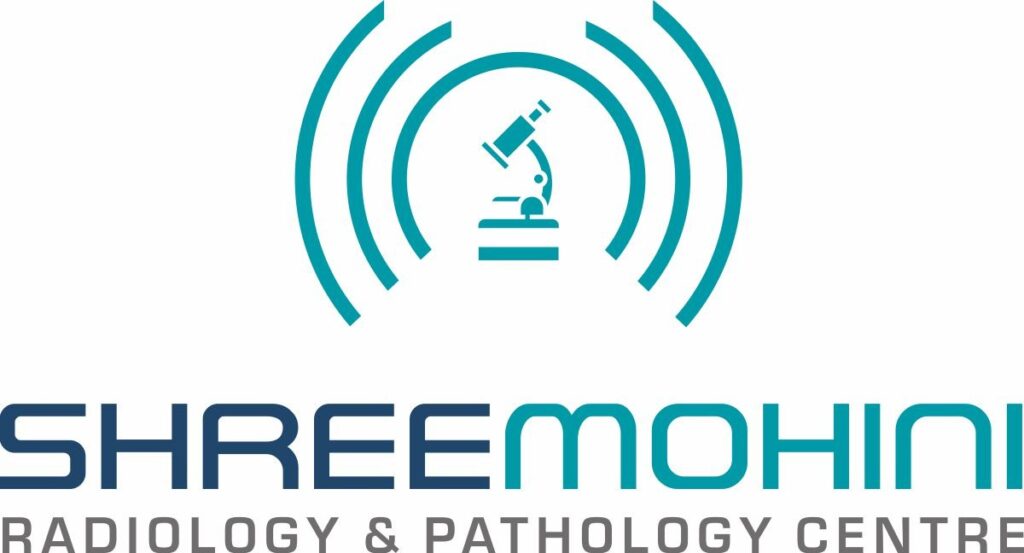What Is a Bone Scan?
A bone scan is a special imaging test that helps doctors see problems in your bones. It uses a small amount of radioactive material to highlight areas of concern. Often, doctors use bone scans to find hidden bone issues that regular X-rays may miss. In fact, bone scan indications include many reasons, such as unexplained pain or checking for bone infections. This test can help your doctor make the right diagnosis and plan your treatment.
How Does a Bone Scan Work?
First, a small amount of radioactive tracer is injected into your vein. This tracer travels through your blood and collects in your bones. Usually, areas with more activity, like infection or injury, absorb more tracer. After a few hours, a special camera takes pictures of your bones. As a result, doctors can see spots that may need more attention. The bone scan procedure is safe and does not cause pain.
Main Indications for a Bone Scan
Doctors may order a bone scan for several reasons. Below are the main indications for a bone scan:
Unexplained bone pain: If you have pain and the cause is not clear, a bone scan can help.
Detecting bone infections: This test can show areas of infection that other tests might miss.
Bone scan for cancer: Doctors use bone scans to check if cancer has spread to your bones.
Fractures not seen on X-ray: Sometimes, small breaks do not show up on regular X-rays. A bone scan can find them.
Arthritis or joint problems: Bone scans can help spot inflammation or damage in your joints.
Bone diseases: Conditions like Paget’s disease or other rare bone disorders may need a bone scan for diagnosis.
Common Conditions Detected by Bone Scans
Bone scans can find many bone problems. For example, they help detect bone infections, cancer spread, and hidden fractures. In addition, doctors use them to monitor bone healing after an injury. Sometimes, bone scans reveal arthritis or other joint issues. Because of this, bone scans are a useful tool for many bone-related health concerns.
What to Expect During the Procedure
Before the test, a nurse will inject the tracer into your arm. Then, you will wait for about two to four hours. This allows the tracer to reach your bones. During the scan, you will lie still on a table while a camera takes pictures. The scan itself usually takes less than an hour. Most people feel comfortable during the bone scan procedure. You can return to your normal activities soon after the test.
Risks and Safety Considerations
Bone scans are generally safe for most people. The amount of radiation used is very small. According to the World Health Organization (WHO), the risk is much lower than with many other imaging tests. However, if you are pregnant or breastfeeding, tell your doctor before the test. Some people may have mild side effects, such as redness at the injection site. Overall, bone scan safety is well established.
When to Consult Your Doctor
If you have ongoing bone pain or other symptoms, talk to your doctor. Sometimes, your doctor may suggest a bone scan to find the cause. Early testing can help with faster treatment. If you have questions about why do I need a bone scan, your doctor can explain the reasons. Always share your full medical history before any test.
Consult a radiology specialist for personalized advice about bone scans.
Concerned about bone health or experiencing unexplained pain? A bone scan can help identify issues like fractures, infections, or osteoporosis early on. Consult with Shree Mohini Radiology for accurate results and personalized care. Schedule your bone scan today and take charge of your bone health!

